Notable - Part 3
Contents

Blumenhofer Acoustics
After a year hiatus, Blumenhofer Acoustics is back.
Blumenhofer Acoustics is a traditional audiophile Loudspeaker manufacturer with more than 40 years experience on horn loudspeakers. Speed, precision, live character, naturalness and richness are the main characteristics of this construction philosophy: ideal for both, home cinema and HiFi stereo
Drums and strings on Vanessa Fernandez’s Here but I’m Gone were toe-tapping fun. There’s a beautiful layer of grip, grit, and grounded textures throughout the recording. Imaging was pinpoint accurate and the entire mix was just well articulated. These qualities were further affirmed with Kyrie by Ariel Ramirez and Mercedes Sosa. The tonal balance is impeccable – and undeniably addictive.
- Blumenhofer Gran Gioia 2×10 horn loudspeakers
- KR Audio Kronzilla DM monoblocks
- KR Audio P-135 preamplifier
- Cammino cables
- Aqua Acoustic Quality
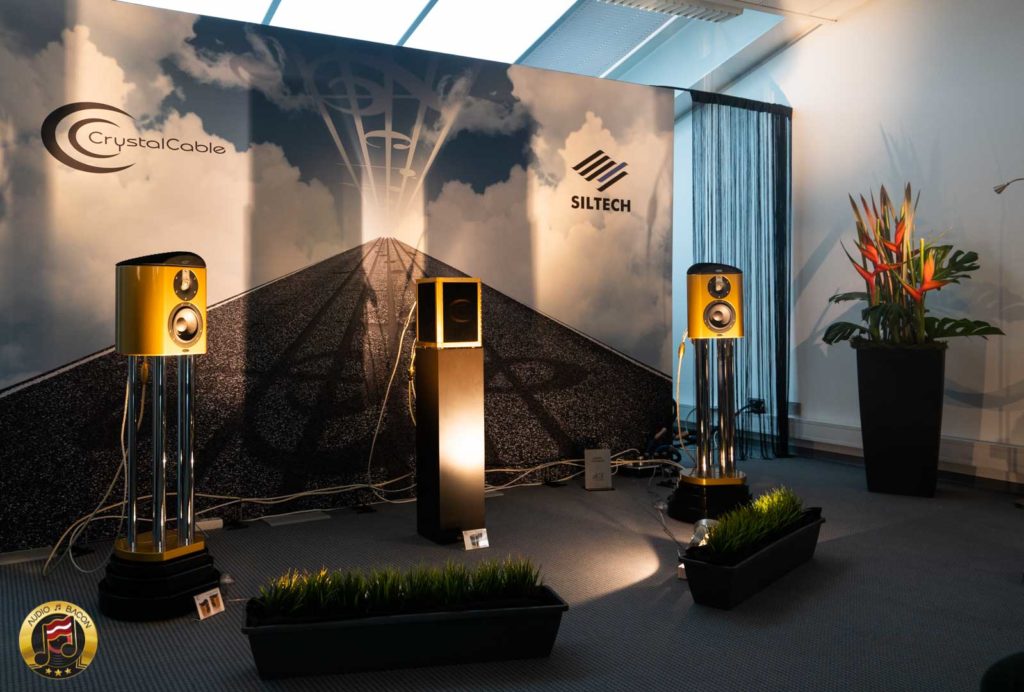
Crystal Cable & Siltech
I last heard these Crystal Cable Arabesque Minissimo Diamond speakers in a “sound box” at AXPONA. They sounded even better in Munich.
The Lumineers’ Gale Song exhibited an iron grip on resonances and clarity. I was actually quite surprised by the low-end on these small speakers. Focus and imaging were also rock-solid. It has transient speed and transparency for days. This is most likely attributed to the proprietary SEAS diamond tweeter. It not only looks elegant, but it also sounds that way as well.
Minissimo’s crossover so there was nothing else for it – we had to build our own, dedicated designs that use our proprietary materials and know-how. Then we upgraded the internal wiring to Absolute Dream, added bi-wireable inputs and selected and pair-matched the bass-mid drivers even more rigorously, before building these stellar elements into the MINISSIMO’s unique, one-piece, thin-wall metal-resin cabinet.
- Crystal Cable Arabesque Minissimo Diamond loudspeakers – $19,995 with stand
- Crystal Cable Cube Integrated amplifier (CCI) – $19,995
- Crystal Cable Future and Ultimate Dream
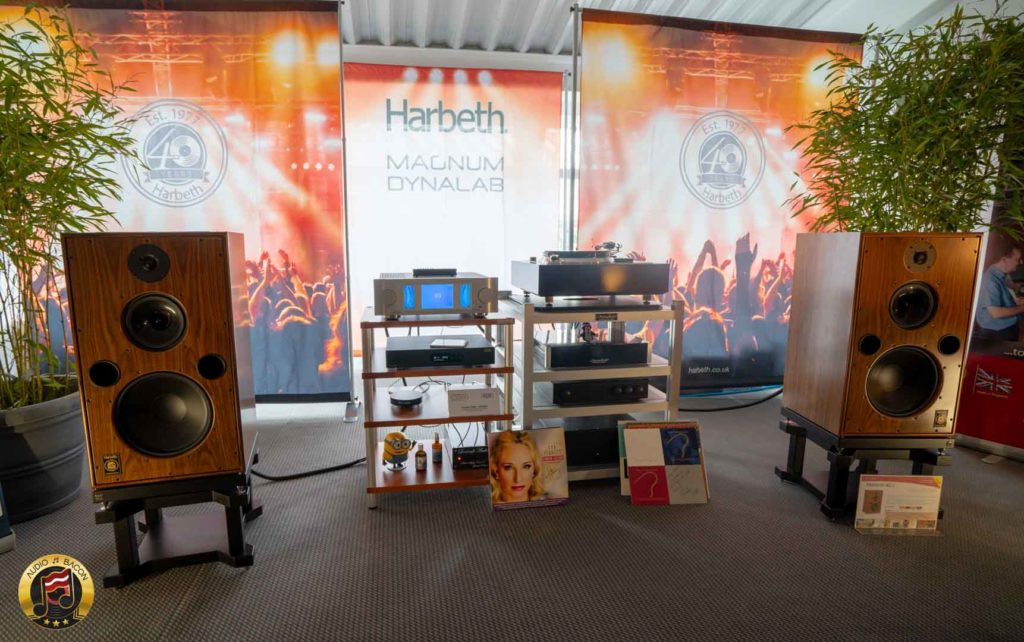
Harbeth & Magnum Dynalab
I’ve always been a fan of Harbeth – especially their P3ESR for near-field listening.
Piano Prayer’s Shout to the Lord was vivid, rich, and purposeful. The notes had flow, depth, and weight. Tonal energy was placed naturally from the lower to the higher registers. The accuracy in timbre is most appreciated, especially in the midrange. This system played beautifully even with more upbeat tracks such as Butch’s The Spirit. Everyone was having fun in this room.
- Harbeth 40.2 40th Anniversary loudspeakers – $18,000
- Magnum Dynalab MD 309 Integrated Amplifier
- Magnum Dynalab MD 107T
- Magnum Dynalab Dynamyte Series Digital

Estelon
Here we have some very spacey-looking speakers. These are the Estelon Forza flagship loudspeaker.
To be honest, I really enjoyed the look of these 4-way, 5-driver speakers. The finish is exquisite and the enclosure is actually made of cast-stone. You’ll also notice none of the sides are of the cabinet are flat or parallel to each other. This is to limit diffraction and improve imaging.
Standing at nearly 1.7 metres in height, the elegant design of the Forza features the very best of what Estelon has to offer – the perfect synergy between aesthetics and engineering. Using only the materials and components best suited for this model and manufacturing it with the greatest detail, the Forza brings music to life.
I’m not a huge fan of classical music – but this system was able to reveal the complexities of a performance. The delicacy of the various sections is brought to the forefront with strength and confidence. It’s explosive and dramatic – yet clean and flexible. Although I prefer a warmer tone, I was drawn to the system’s insightfulness and ability to resolve the lowest of nuances.
- Estelon Forza loudspeaker – €110,000
- CH Precision M1.1 power amplifiers
- CH Precision L1/P1 preamplifiers
- CH Precision CD player and DAC
- Kronos Pro turntable with Black Beauty tonearm and ZYX cartridge
- Bassocontinuo racks
- Kubala-Sosna Realization Series cables
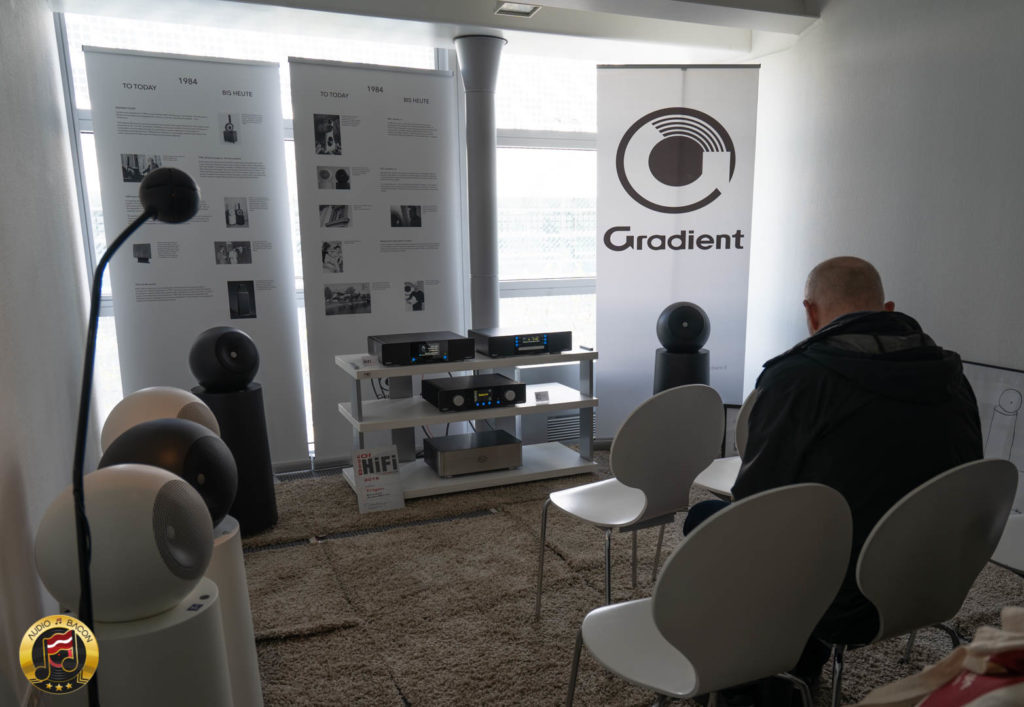
Gradient
Tucked away in one of the corners of the show – these tiny Gradient 1.4 loudspeakers from Finland were surprisingly fun. There’s an upward projection of sound that makes you forget the speakers are even there.
The soundstage for Dead Can Dance’s The Carnival is Over was enormous. And the metallic clanking was tangibly real. As the vocals flood in, they envelop you into a dreamy state of mind. I didn’t expect such a large image from a shorter speaker. It was both a relaxing and impressive listening session. A breath of fresh air. It’s nice to find gems like these at the shows.
- Gradient Labs 1.4 loudspeakers – €4,516.13
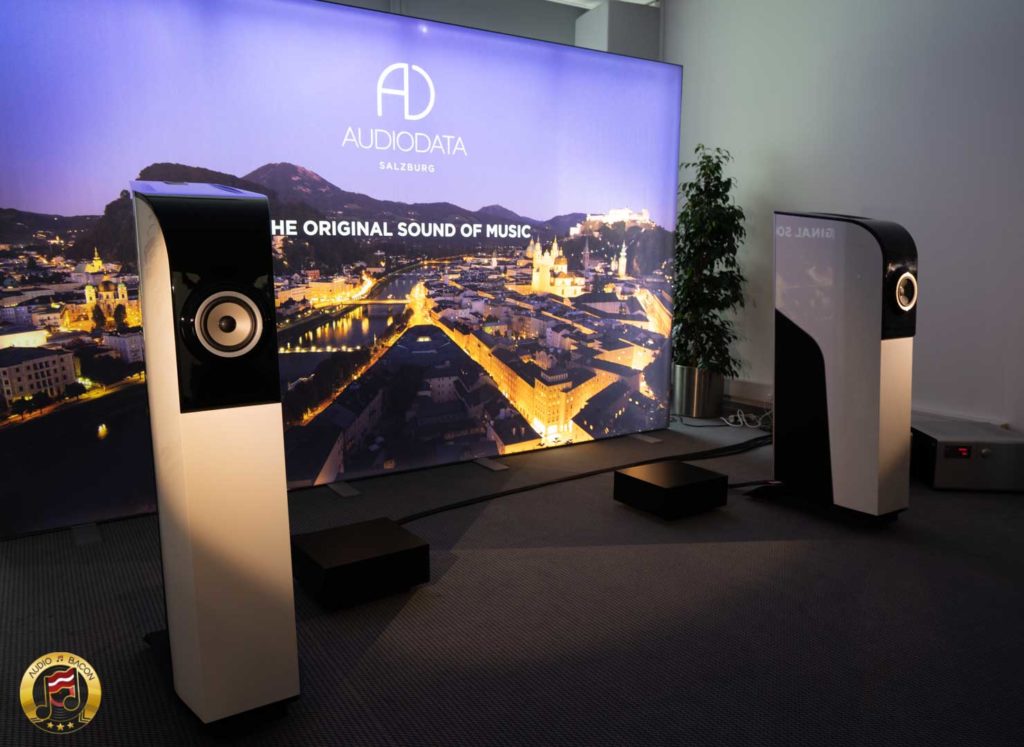
Audiodata
To develop loudspeakers that provide a unique audio experience and unprecedented music pleasure: it was with this objective that Hannes Palfinger and Franz Stöger founded Audiodata Lautsprecher GmbH in Salzburg in 2014. They built on the excellent technical foundations of Peter Schippers’ company and supplemented the ingenious concept by adding a new dimension: namely a fusion of audio and design. Renowned product designer Stan Maes shaped and revolutionised the new Salzburg acoustic marvels: the Master One, Audiodata’s loudspeaker reference model, the Art One and the Art Two.
I was captivated by the BBC Philharmonic Orchestra’s Castilla (Seqguidilas) in this room. The soundstage was extraordinarily deep. Percussions were played with textural shine, delicacy, and the utmost of finesse.
However, the most standout character about this system is its ability to isolate the gentle details and abundance of acoustic shapes. All while controlling the overall dynamics and complexities of transients. Its baseline is quiet and resolved but could be immediately explosive when called for. A memorable system at the show.
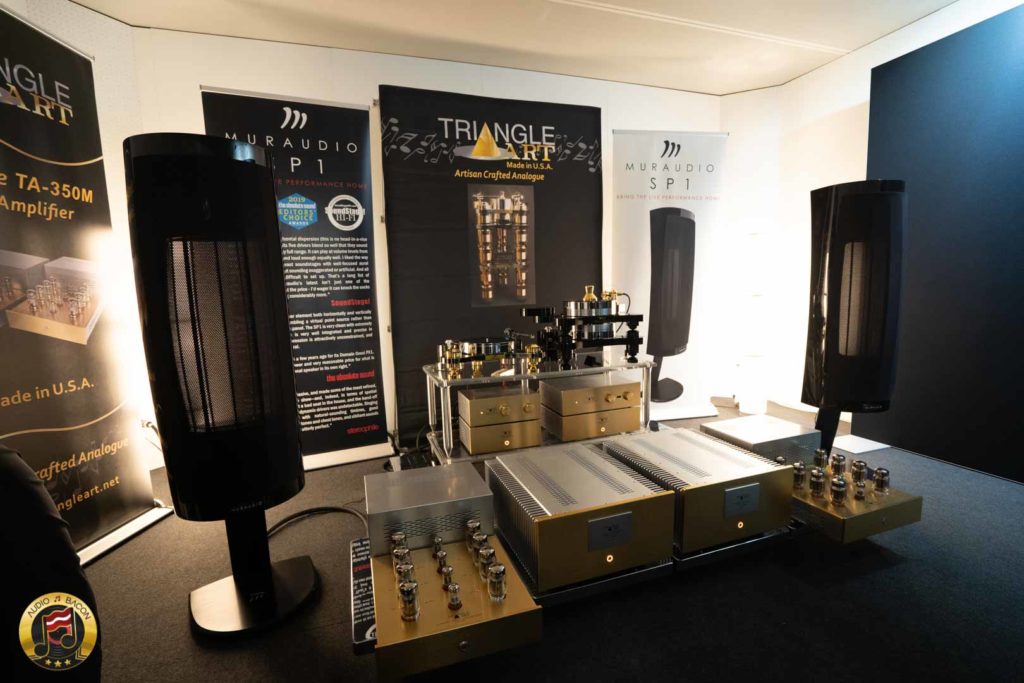
Muraudio & Triangle Art
A standout room from my first day at the show. The Muraudio SP1 electrostatic hybrid speakers sound very special. I just heard them again at T.H.E. Show 2019, and admittedly they sounded even better in the larger room. Nevertheless, they’re not your typical electrostatic speakers.
Each SP1 integrates Muraudio’s continuous curve ESL panel with four custom designed six-inch aluminum cone drivers to create a beautiful, immersive, panoramic sound stage. With a full range 120 degree horizontal listening window, and projected point source imaging, the SP1 delivers Muraudio’s signature “Sound is Everywhere®” listening experience.
Along with being incredibly resolving, it has meat, warmth, and a present and well-defined low-end. No matter what you throw at it, it just sounds fantastic. What’s even sweeter – is the price tag. I’ve heard much pricer systems that didn’t sound quite as good as this one. Be sure to check them out at their next showing.
- Muraudio SP1 electrostatic speakers – $15,000
- Triangle Art Ultimate TA-305M valve amplifiers
- TriangleArt Master Reference turntable – $40,000
- TriangleArt Osiris tonearm – $7,000


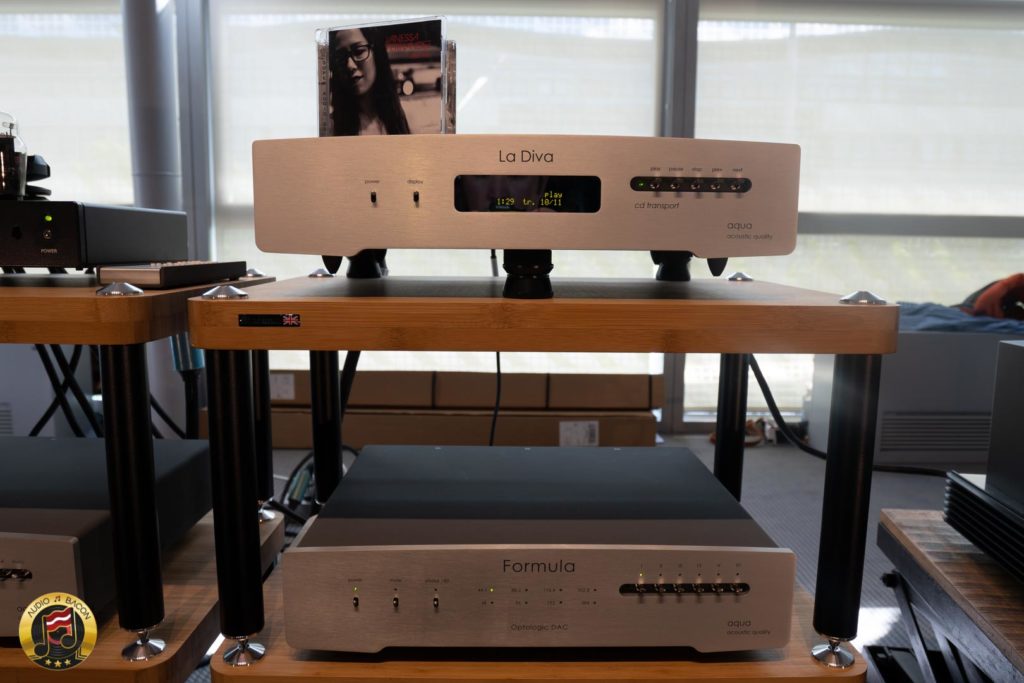
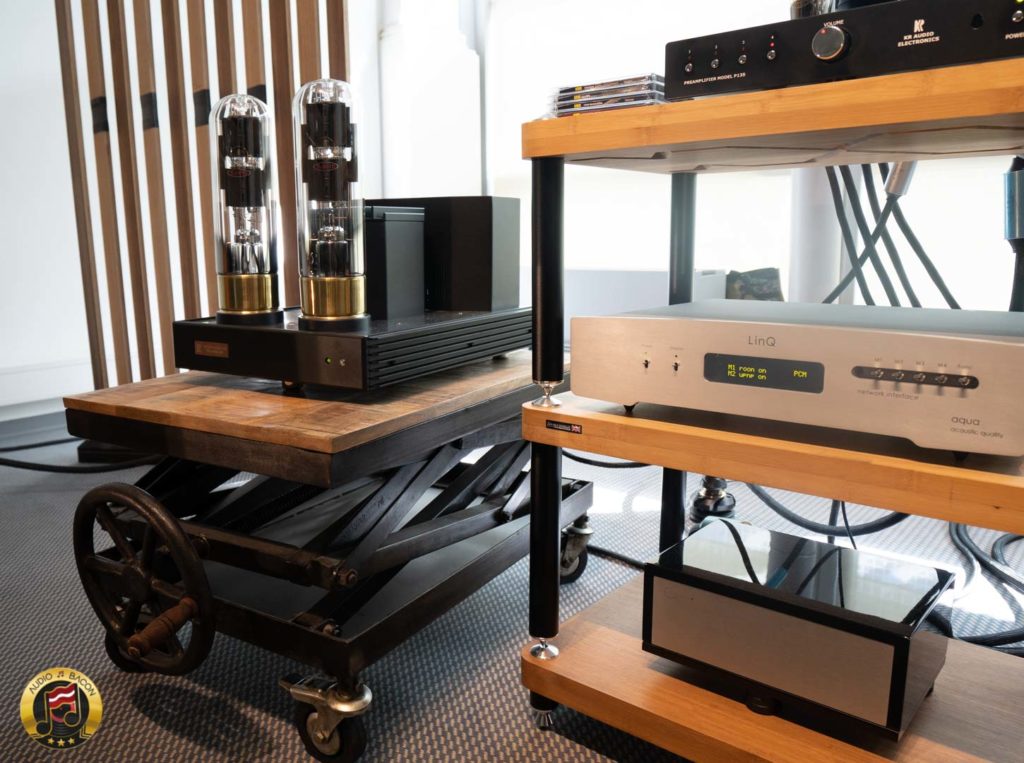


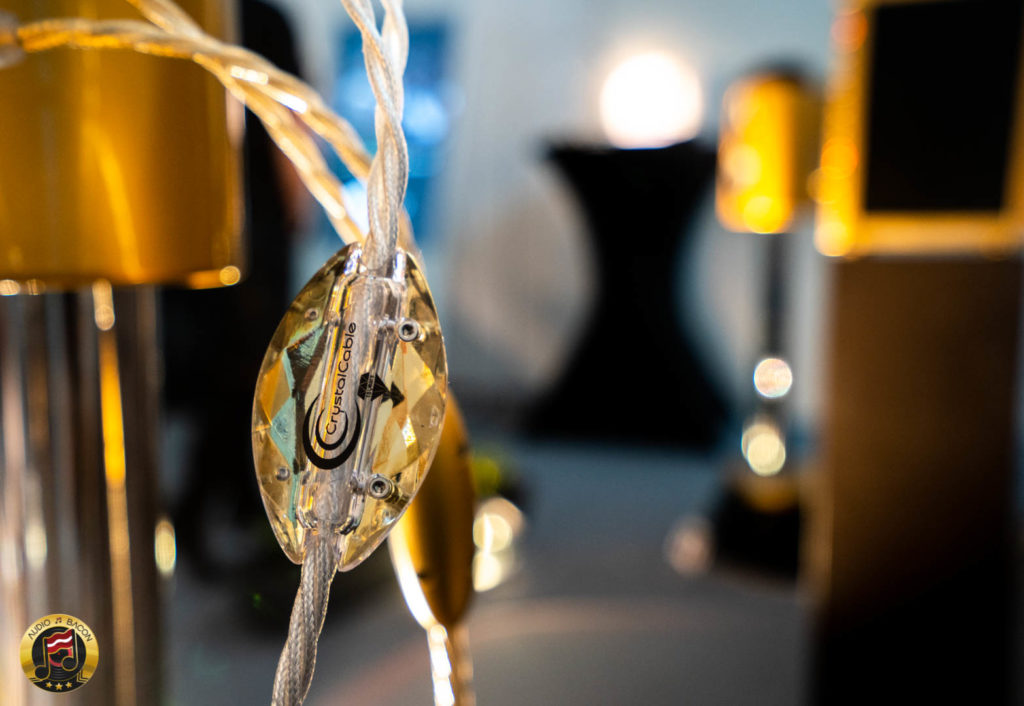

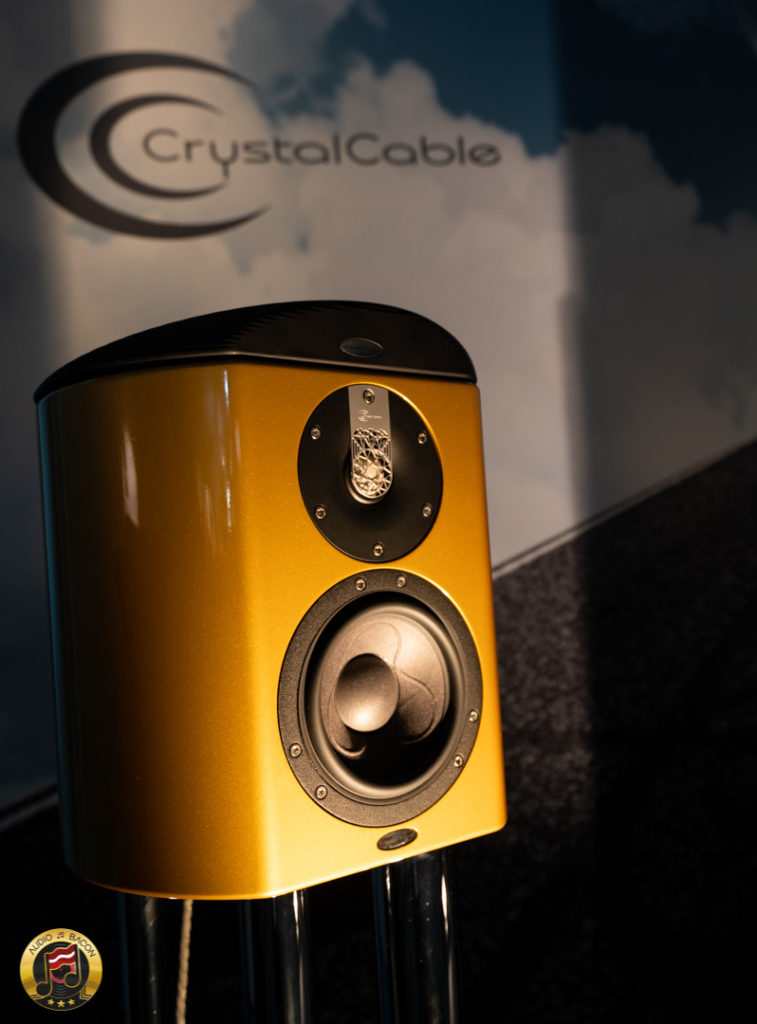
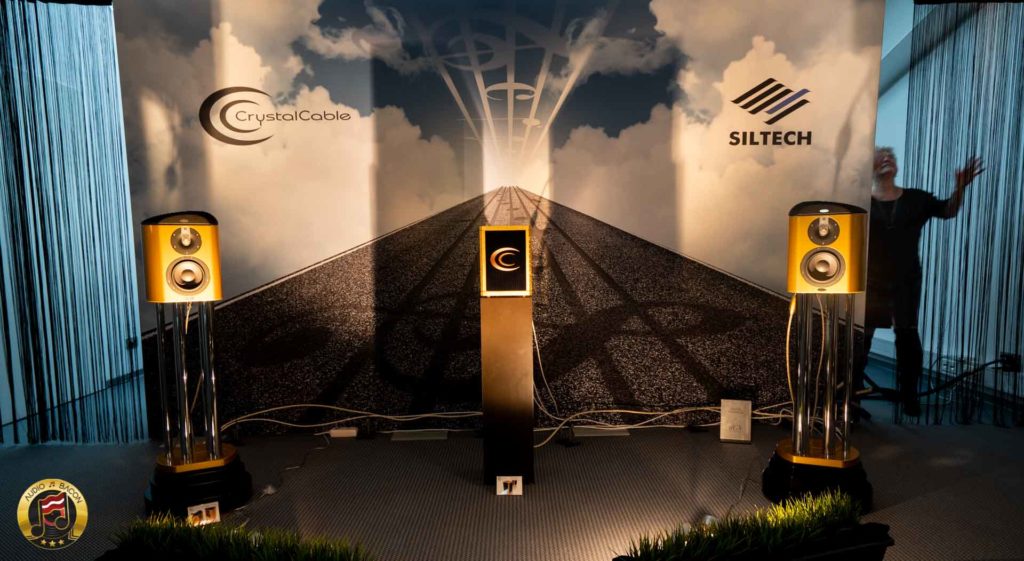

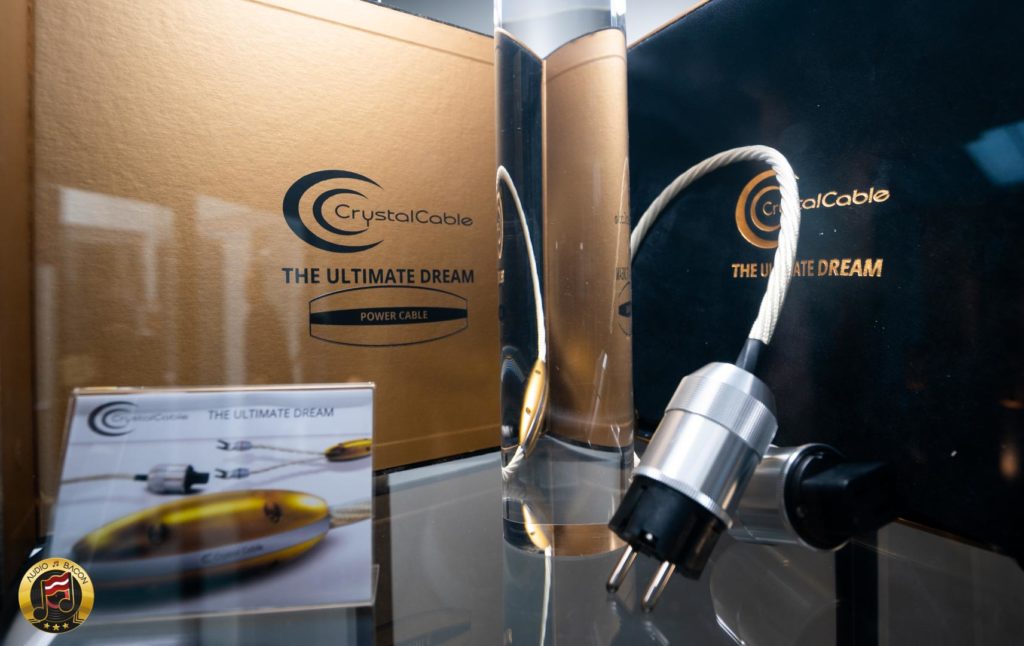
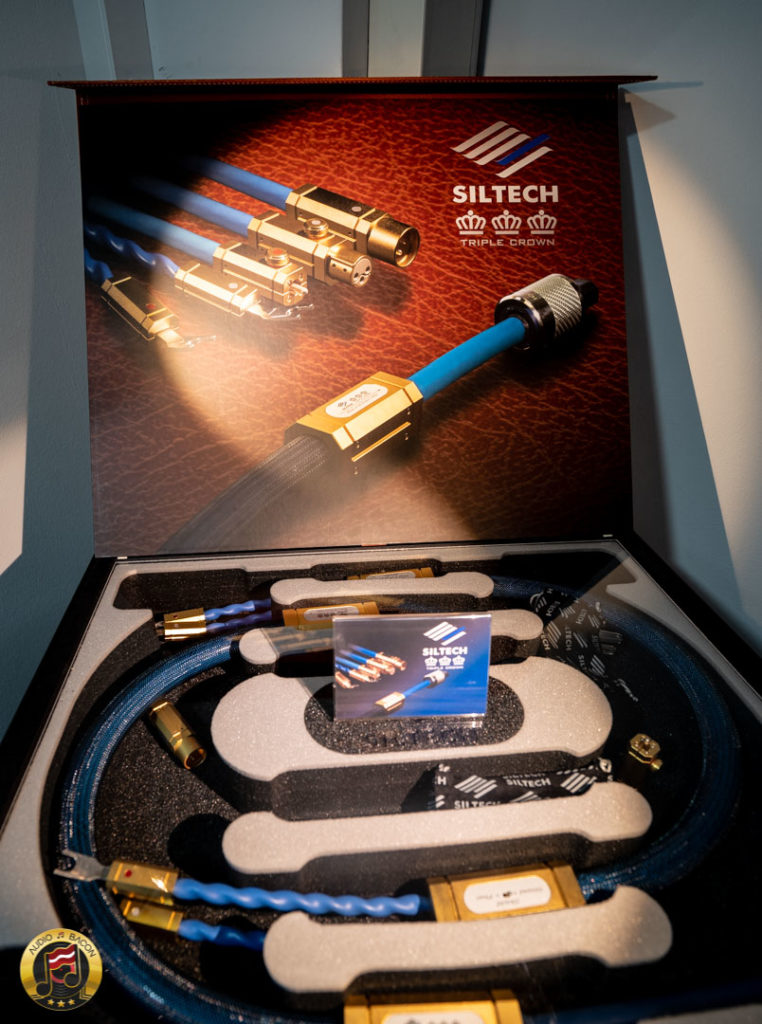




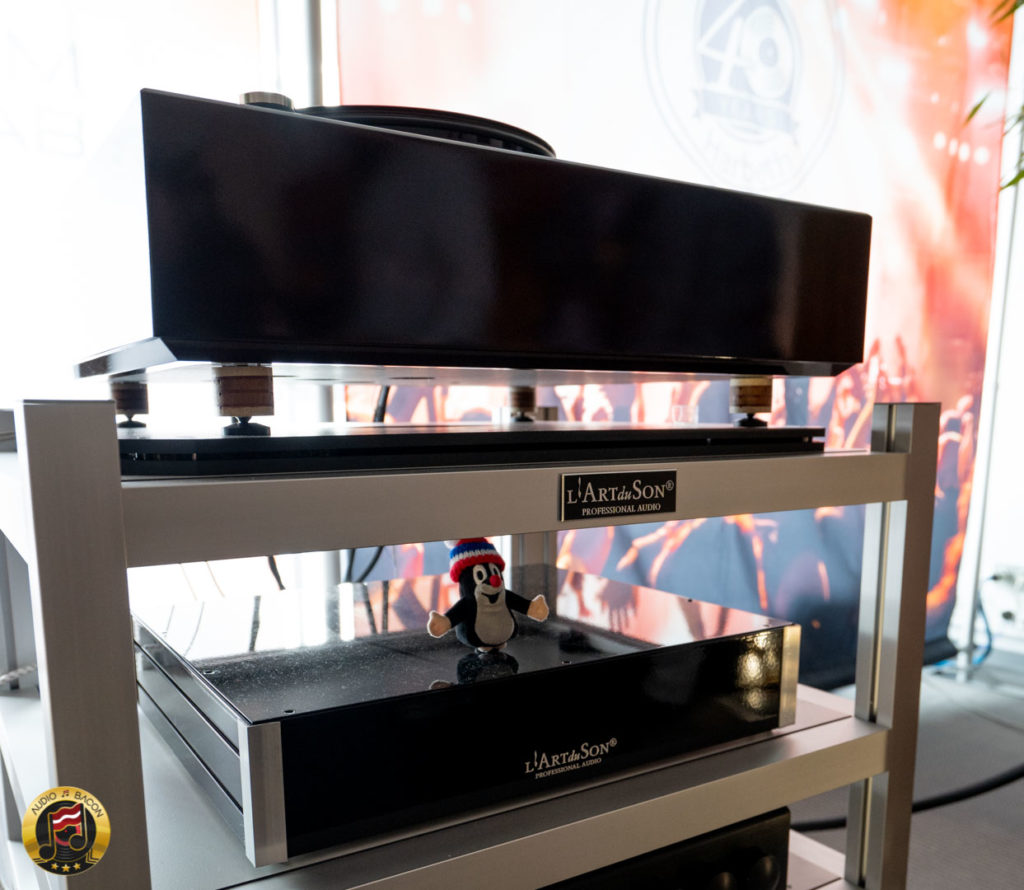

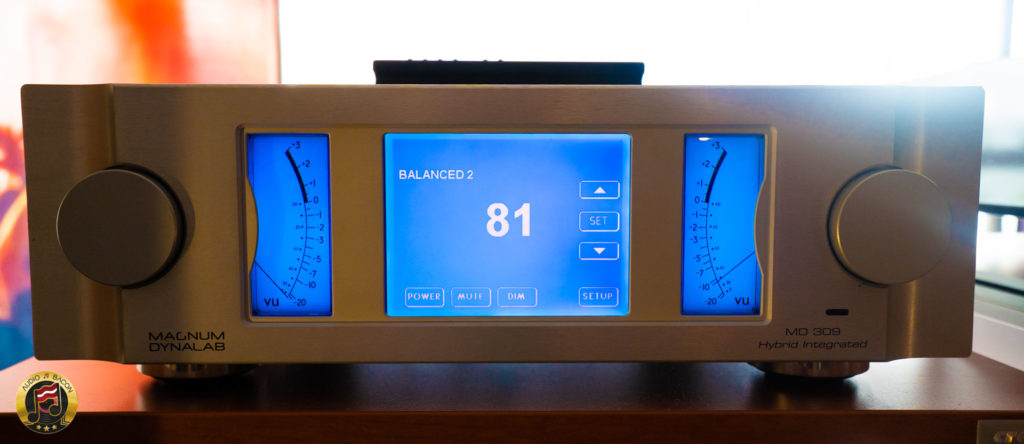

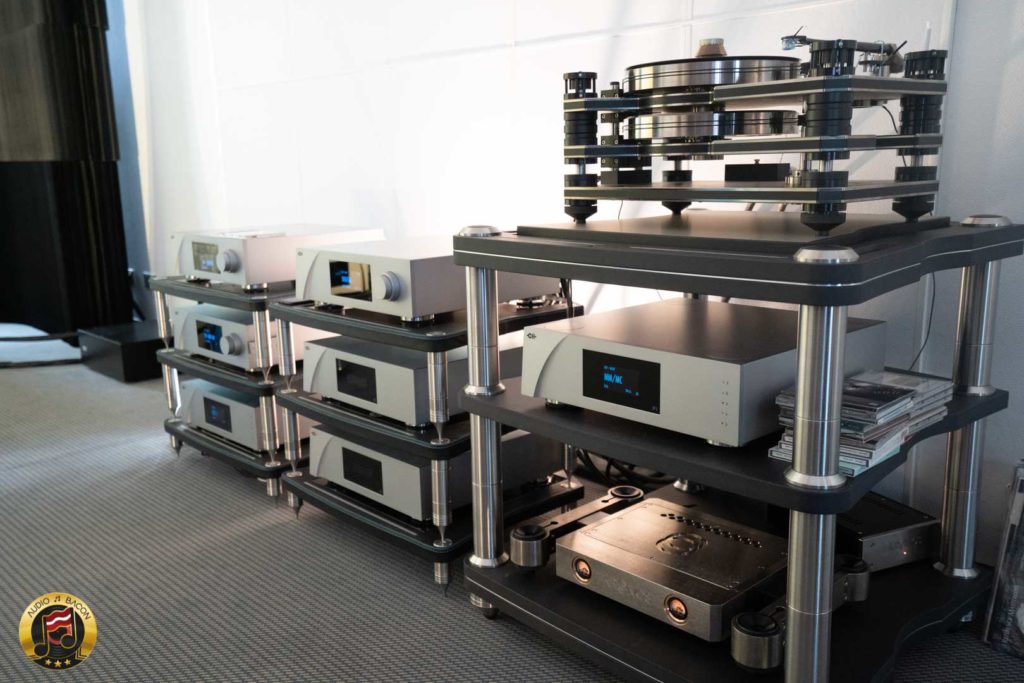
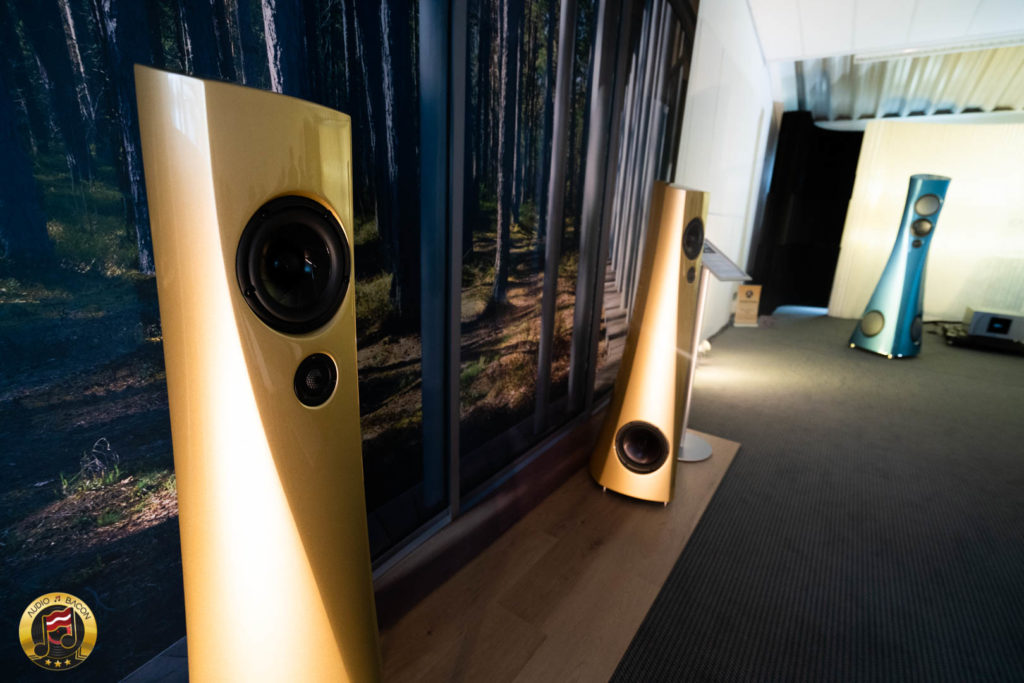

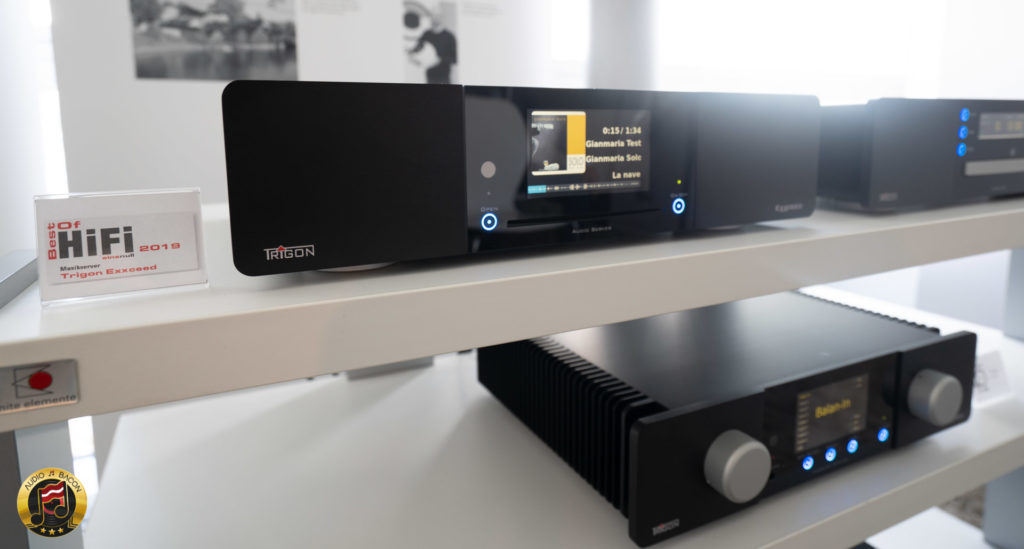
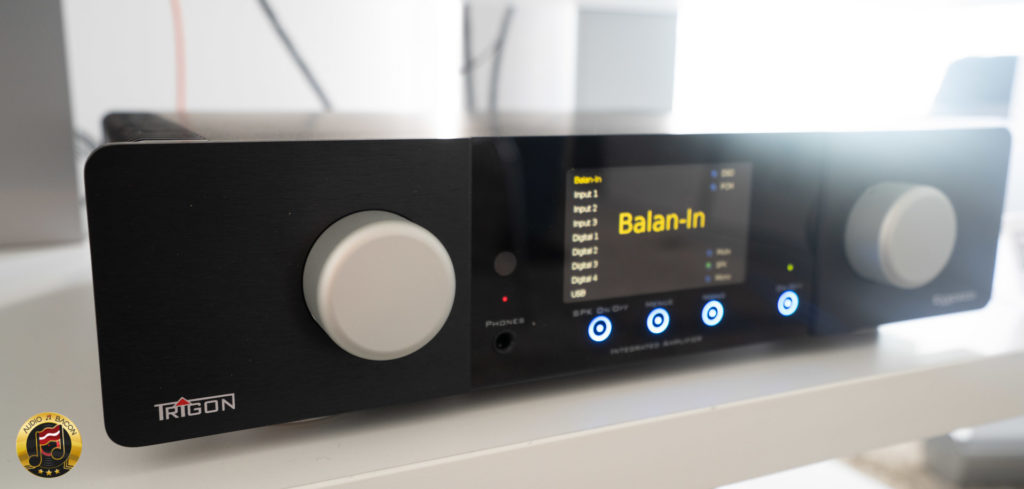

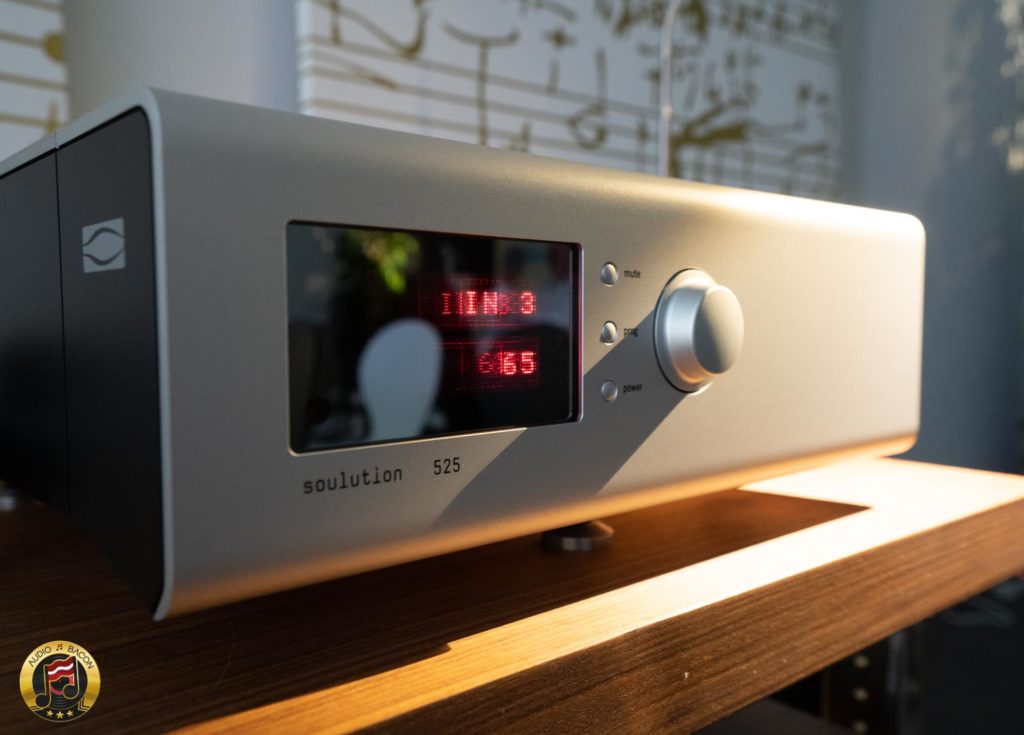

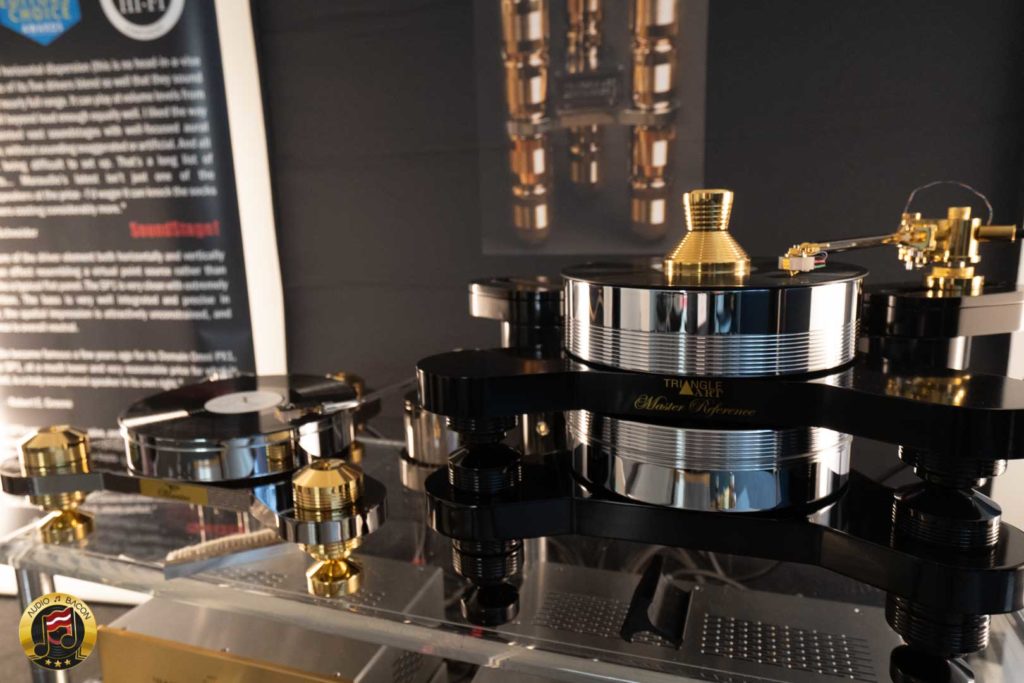




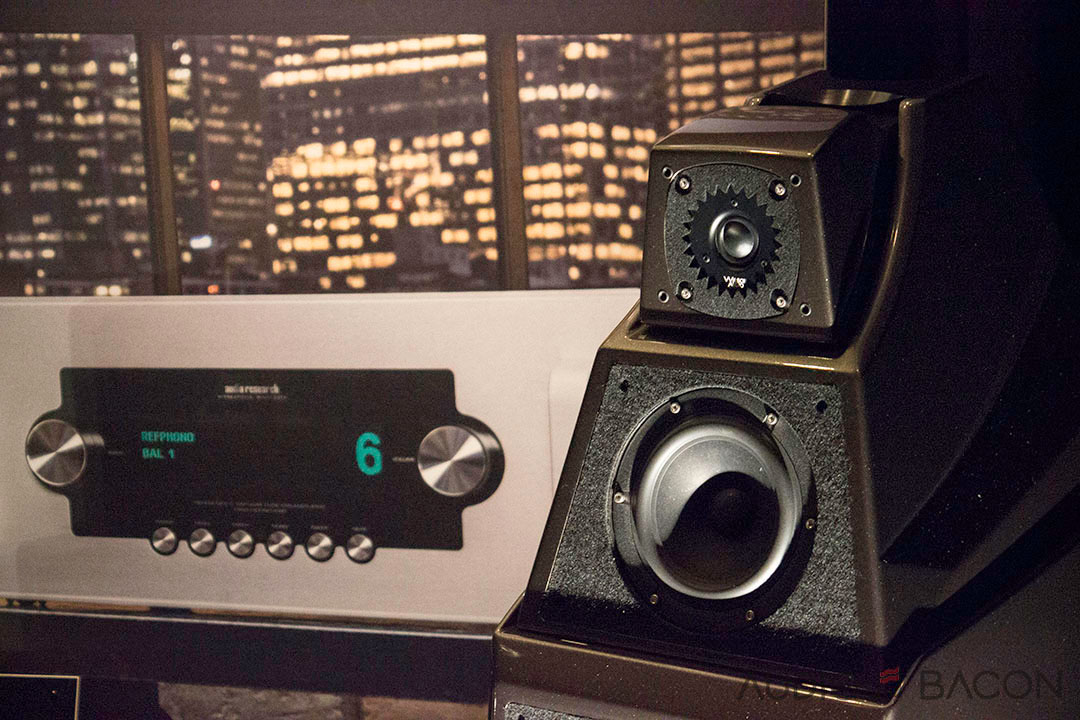
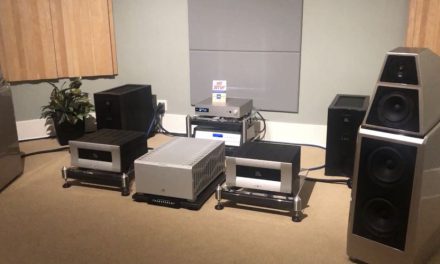
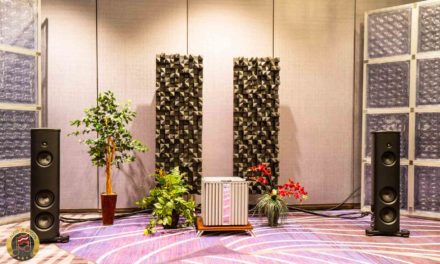
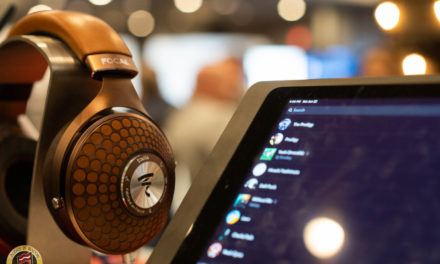

I think Harman is now owned by Samsung…
Excellent job on sharing your journey at the show. Your thoughts, shared data and reviews are greatly appreciated! Keep up the good work.
It’s readers like yourself that keeps me going. Thank you, Dan.
Spectral in the first picture, is some of the best gear in the world, everybody considering transistor gear in the world, should hear Spectral as a fair comparision.